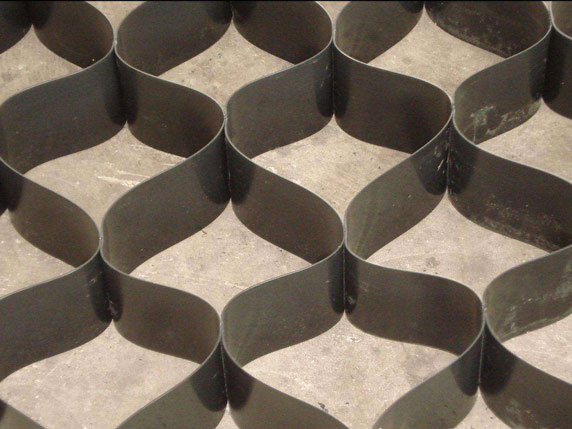Xincheng Nano tells you the role of geogrids in uneven settlement of roadbeds
Source:
|
Author:ahxcnm
|
Published time: 2024-09-12
|
73 Views
|
Share:
Geogrid cell is a new type of geosynthetic material developed in the 20th century. It is a three-dimensional grid group made of high-density polyethylene or polypropylene copolymer sheets welded by ultrasonic waves. It has the characteristics of high strength, aging resistance, acid and alkali resistance, stable chemical properties, and strong adaptability. It has been widely used in railways, highways, and water conservancy projects abroad. Good results have been achieved, and it has also been used in soft foundation treatment and railway subgrade disease remediation projects in China.

Geogrid cell is a new type of geosynthetic material developed in the 20th century. It is a three-dimensional grid group made of high-density polyethylene or polypropylene copolymer sheets welded by ultrasonic waves. It has the characteristics of high strength, aging resistance, acid and alkali resistance, stable chemical properties, and strong adaptability. It has been widely used in railways, highways, and water conservancy projects abroad. Good results have been achieved, and it has also been used in soft foundation treatment and railway subgrade disease remediation projects in China.
The mechanism of using geogrids to treat uneven settlement of roadbeds is as follows: due to the significant lateral constraint provided by the geogrid on the filling material, the sidewalls of the geogrid generate upward frictional support force on the soil, forming a composite with high bending and tensile stiffness and shear strength. This composite can isolate the transmission of stress and displacement, allowing for flexible transition and coordinated settlement of the top surface of the semi excavated roadbed; It has a net effect on local loads, making the distribution of loads more uniform; The reinforcement effect of the geogrid reduces the vertical and shear stresses in the soil. Enhanced the stability of the roadbed, thereby achieving the goal of eliminating uneven settlement of the roadbed.





